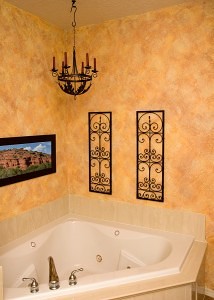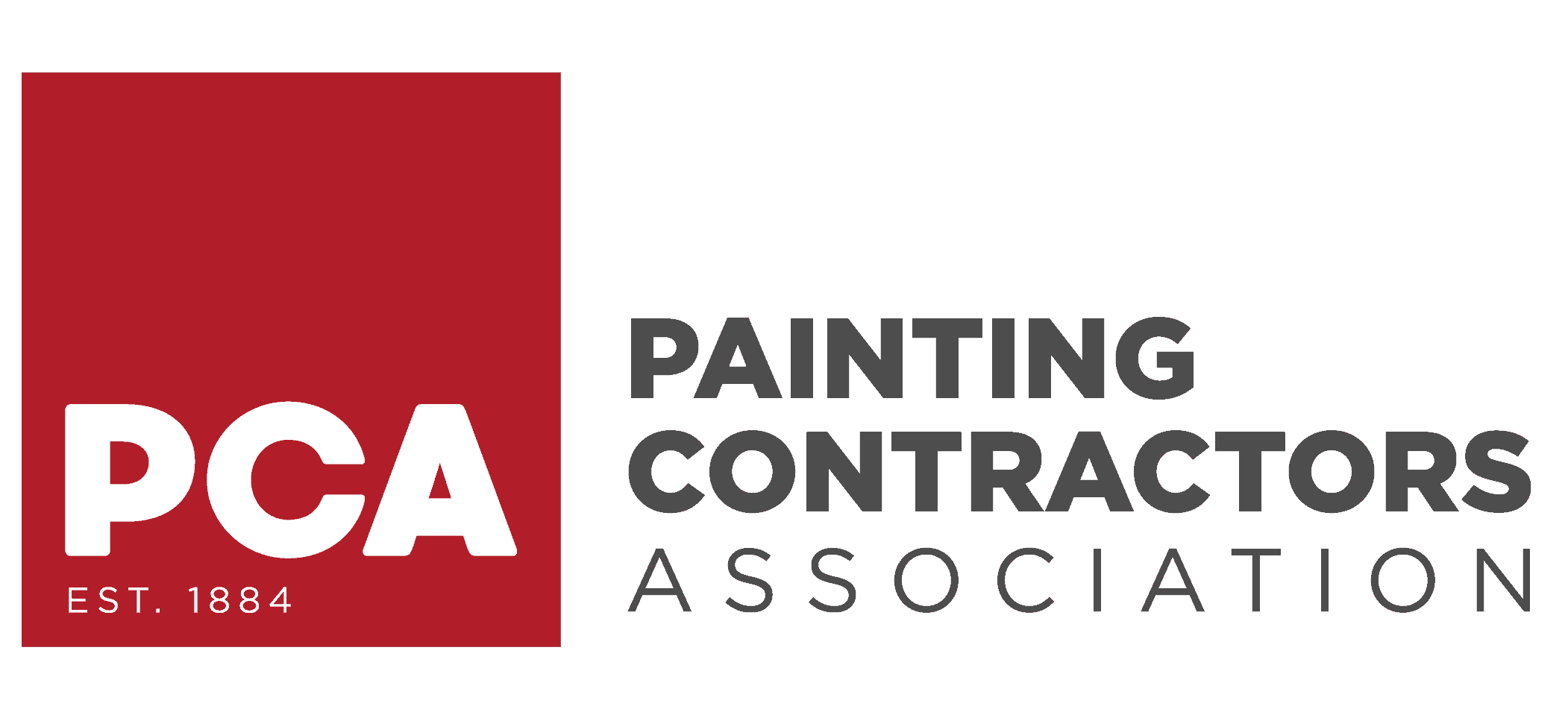Your Faux Finish Guide
 A faux finish to any part of the inside or outside of your house can truly the change the look and feel of your home. The faux, French for “false”, finish is a way of simulating different textures found in and out of nature by the use of paints: wood, stone or even different types of metal. The technique can be given to any surface, including interior or exterior walls, beams, floors, furniture, molding, and mantels, to name just a few. The overall effect makes a bold statement.
A faux finish to any part of the inside or outside of your house can truly the change the look and feel of your home. The faux, French for “false”, finish is a way of simulating different textures found in and out of nature by the use of paints: wood, stone or even different types of metal. The technique can be given to any surface, including interior or exterior walls, beams, floors, furniture, molding, and mantels, to name just a few. The overall effect makes a bold statement.
Graduated Painting
In this art form, the faux finish begins and ends with the same color. Though this could be used on an outside wall, it is normally found in the rooms inside. At the bottom, the color is at its fullest, deep and rich. As your eyes follow the color upward, the color becomes lighter and lighter. It gives an impression of looking up toward the sun or down into the depths. The graduated painting may have a room appear bigger and more airy.
This is especially fun to have in a child’s room, where a large mural is painted on the wall, with the graduated painting as the background. In the den, the graduated painting allows for accents to be placed around the room. You may wish to highlight artwork or have a lamp or other piece of furniture stand out.
Solid and Washed Stripes
An interior faux finish pattern that goes with just about anything is striping. The stripes can fit any mood from playful to elegant. The trick is knowing the secret of the application. For, they can be made:
-
horizontally, vertically or diagonally
-
thick or thin
-
with or without a border
-
multiple colors or different hues
-
equal size or varying
-
same color, different finishes
They can be bold using two colors in compliment or more gentle with shades of the same color. An elegant look would utilize tone-on-tone stripes. To make every other stripe stand out, coat it with a satin or gloss of clear finish. In the children’s room, primary colors of vertical stripes can present a playful setting while a contemporary feel is made with the use of bolder hues and one horizontal stripe, which may be different heights throughout the room.
Since stripes can have an abundance of varieties, they can come across as trendy or fit nearly any period style. Stripes allow colors to be added without worry of overwhelming an occupant of the room or give the feeling of being stuck in a box.
Be cautious; the incorrect use of stripes will not give a desired effect of a higher ceiling, a more shapely room, a smaller enclosure or a larger area, as it can instead present a circus setting!
Smooth and Polished Fresco
When you wish to give the impression of smooth, soft stone, the fresco technique is used for a faux finish. The period setting of the classical architecture during the Renaissance era is a favorite. The appearance is a glossy, marble-like surface often found in modern, gourmet kitchens, or upscale libraries. The technique uses a combination of base coats with plaster. The surface of the plaster is then burnished for a polished sheen. (Please note this is more than a coat of paint and does require extra time for a perfect finish.)
Color Washing
This technique of a faux finish may give any room a more inviting feel or look to it. There is a soft glow to the room and this pattern is used for sitting rooms where guests are warmly invited for a visit. This is also used for covering minor abrasions along a wall in an artistic manner.
It begins by applying a base color, and given plenty of time to dry. A glaze is then added, using circular motions or random wiping with a brush (soft cloth or sponge). Each gives a slightly different appearance. For instance, a large paint brush will offer a more textured look. To acquire an aged patina look, use a lighter glaze over a darker one.
Layering and Distressed Finishes
This is often used in making furniture look antique. The idea is to give the surface marks and painting over it or by painting many layers and then removing some over the surface of the piece. This is normally found in an art deco setting.
Strié
In some cases, this is used in a child’s room to give a flair of the whimsical. It is also used in other rooms, when a cloth texture is desired. A glaze is added, which is rolled over the entire surface and then a brush is used to remove a portion of it. Streaks can be added vertically or horizontally. Or, they can be added one way and then the other for a unique look of denim or linen. Often, it is referred to as a burlap strié or a linen weave.
Dry Brushing
The idea here is to provide two different looks to a particular wall or structure. One technique may give rise to a texture, while another gives a muted color.
Professional Services
At the Painting Craftsman, we love what we do and have spent years perfecting our techniques. In a world full of money-hungry business, the art of customer service has become obsolete. Not in ours, though. Give us a call today and let us show you what happens when you combine an artisan with quality service.















Leave a Reply
You must be logged in to post a comment.